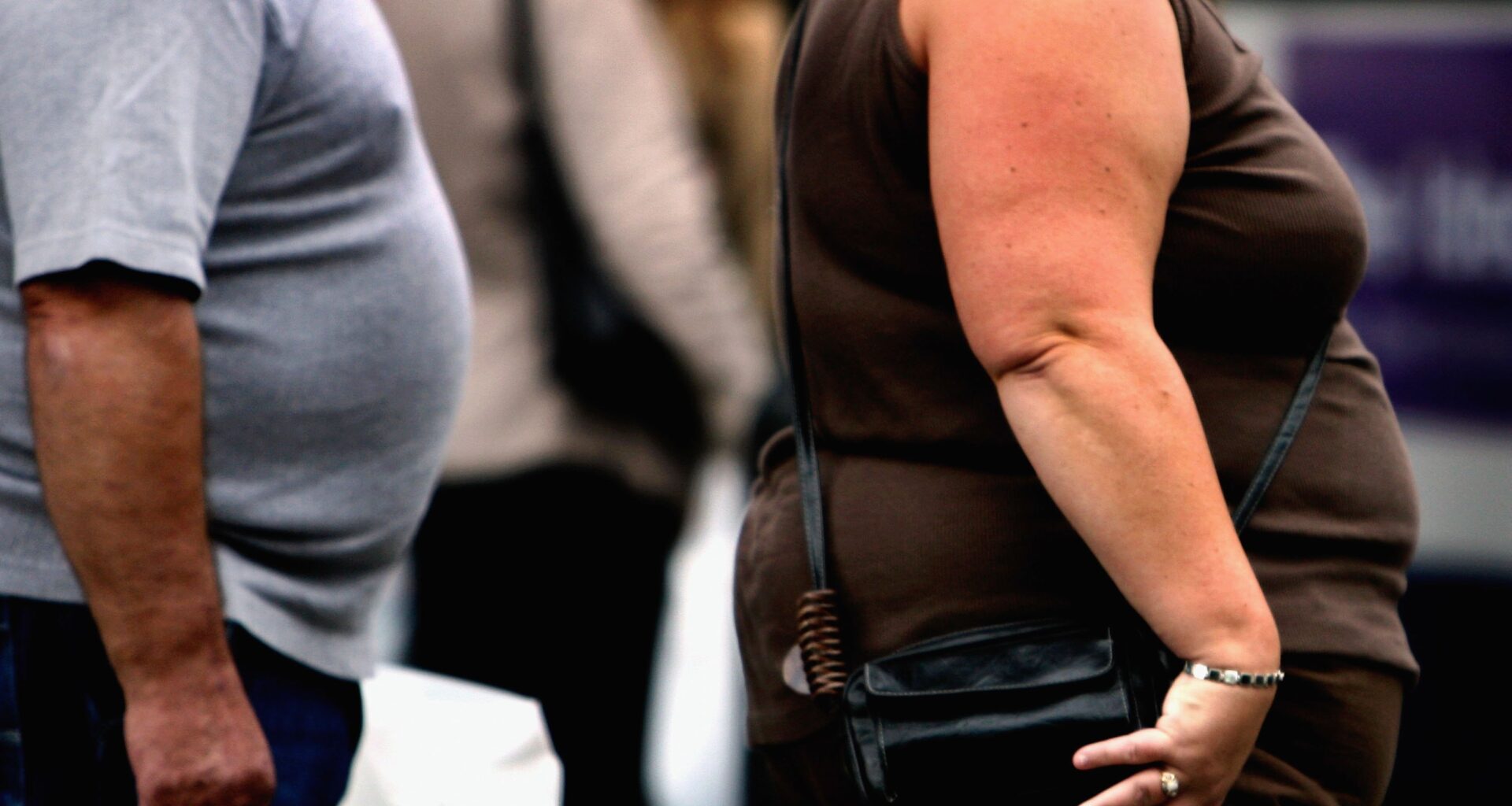(TNND) — Gallup reported a “meaningful decrease” in the adult obesity rate, which coincided with an increased uptake of injectable weight loss drugs.
The Gallup report, which relied on self-reported data, showed the obesity rate fell to 37% this year after hitting a record high of nearly 40% three years ago.
That’s progress after years of rising obesity rates.
And that accounts for an estimated 7.6 million fewer obese Americans, Gallup said.
Still, not all news was necessarily positive, as diagnoses of diabetes also hit an all-time high of nearly 14%.
What’s less clear is why the diabetes rate moved higher when the obesity rate got lower.
But Gallup said the use of GLP-1 injectables, used to treat diabetes and help people lose weight, more than doubled in under two years.
In early 2024, just 5.8% of Americans reported using the weight loss injectables.
Now, over 12% report using such drugs.
Use by women is outpacing use by men, but both sexes are using the GLP-1 injectables more than they were a year ago.
And the obesity rate for women has come down slightly more than the rate for men.
People 40-64 have seen the largest declines in their obesity rates.
Dr. Todd Worley, a bariatric surgeon at Houston Methodist, called the decline in the obesity rate significant.
He said there’s never one factor in weight loss, but he said the weight loss injectables have no doubt “had a huge impact.”
“But maybe, what if we said that impact is increased awareness?” Worley said.
The weight loss medications give people an element of control, he said.
And they are a healthy way for people to lose weight, Worley said.
“I would always say under physician supervision,” he said. “That’s probably the one asterisk.”
Ozempic might be the best-known of these drugs people are taking to lose weight, even though it’s actually meant to manage diabetes.
“Because that was the first one that came on the scene of this generation that required weekly dosing,” Worley said. “But it was interesting, as they monitored those patients that they were treating for diabetes, that the weight loss was really significant to a point that they said, ‘Well, we’re going to submit back to the FDA for a new indication for weight loss.’ And so Ozempic is the diabetes version. Wegovy is the weight loss version. And so, they’re the same medicine. They’re the exact same medicine.”
Mounjaro and Zepbound are similar medicines that folks might have heard about.

FILE – In this photo illustration, the injectable weight-loss medication Wegovy is seen at a pharmacy on April 24, 2024, in Chicago. (Photo Illustration by Scott Olson/Getty Images)
They all lower blood sugar and promote weight loss.
And Worley said they’re pretty effective.
He said studies have shown that people, on average, lose about 15% to 22% of their total body weight over the course of a year or so.
They turn down the “food noise” in your brain, slow the emptying of your stomach so you feel full longer, and they improve the efficiency of the insulin response to the food you consume.
But Worley said there’s still an important role for diet and exercise in weight loss.
The key is to start small to build habits and make healthier, sustainable changes over time.
The weight loss drugs might help people see faster results, which can give them encouragement to continue.
On the diet side, Worley said he tries to get new patients to add more vegetables and fiber, drink more water, and get more active with 15-minute daily walks.
Worley said he’s optimistic obesity rates will continue to fall as new treatment options emerge.
And he said weight loss is “tremendously important,” as obesity is a disease that affects the entire body, along with a person’s emotional health.

